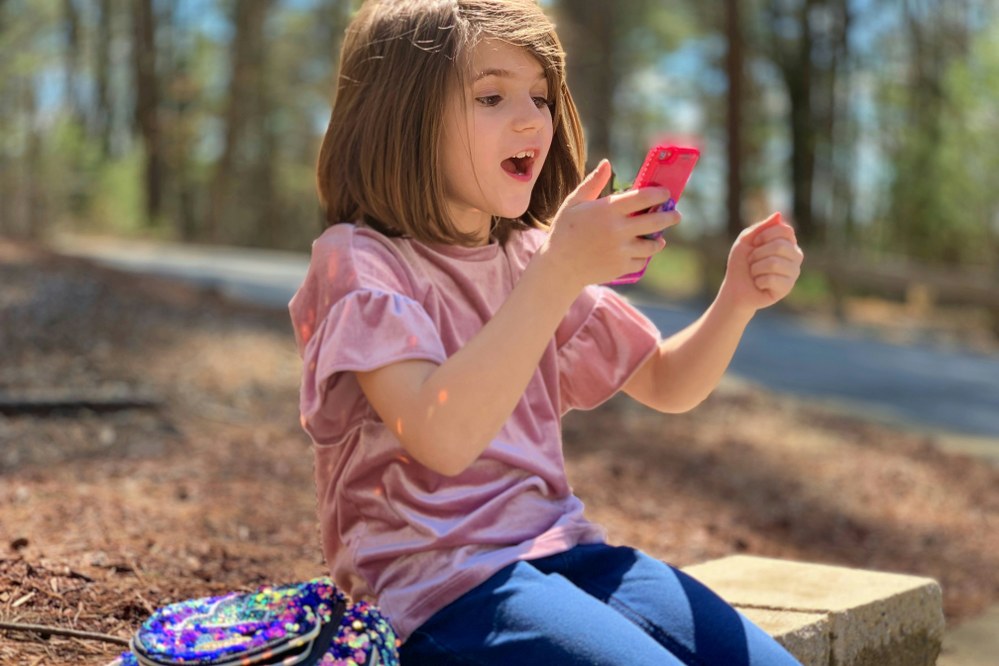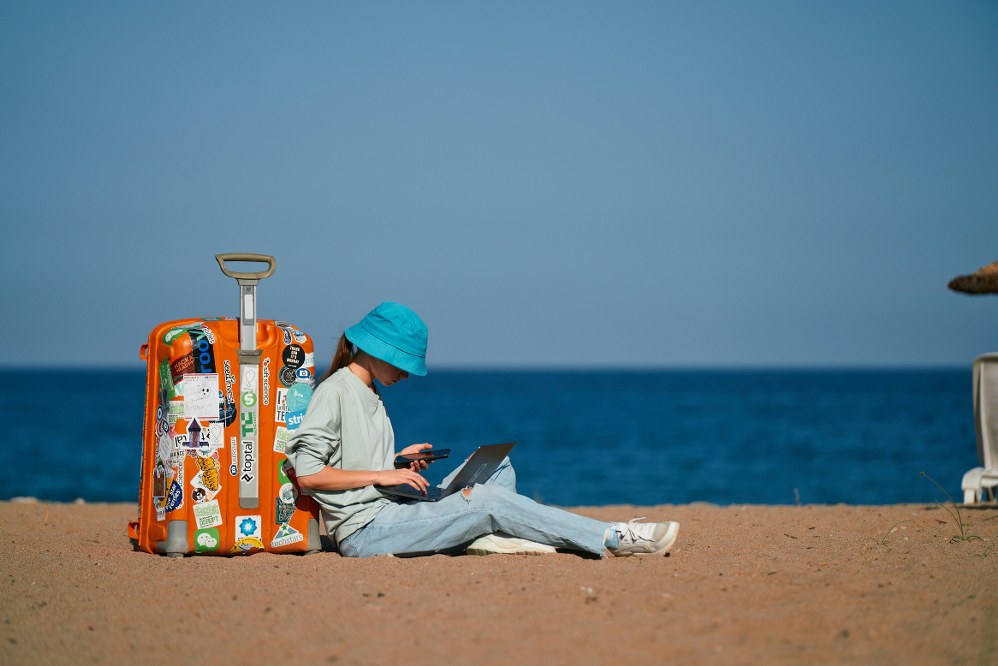Family vacations are valuable. Yet, they sometimes bring more kids’ screen time and more gadgets on the go. Airports, hotels, cafés, and rental homes – it’s a new network at every stop. Public Wi-Fi can be slow, crowded, and risky and a single parent with a million things to do can’t monitor every click, every step of the way.
Your Mac has your travel plans, photos, and payments. Your children’s iPads and phones have their school logins and chats. You rush one tap on a fake hotspot, one shady download, and the trip can go sideways. Here are a few steps that marshal your data to retain its privacy and keep those kids focused on fun while safe online. In this guide, you’ll find:
- easy Mac tweaks to boost protection
- safer ways to connect abroad
- clear rules for kids that still feel fair
- yips for sharing holiday memories without sharing your location
Don’t Take Security Shortcuts While Travelling
Downloading third-party tools while on vacation or travelling, such as free photo editors or mapping software, is one of the easiest ways your Mac may be compromised. The most common way to acquire malware on your computer is through pirated software and altered apps that, unbeknownst to you, contain malicious payloads that steal passwords or delete files. Rather than just installing whatever you find on your trip, help keep your kids safe online by taking a quick read to understand just how big a risk pirated software can be. Moonlock is a great Mac-oriented cybersecurity blog that offers hands-on advice. A single dodgy download could expose my payment details and cloud logins (because pretty much everything now requires you to log in to it).
Legitimate applications are updated with new security updates that protect the device, whereas malicious ones are not. That’s the difference that will matter, unfortunately, when navigating crowded networks where hackers are most active.
Protect Kids with Smart Online Rules
To keep kids safe online, it’s essential to establish clear ground rules. While it’s tempting to let them do their own thing and base protection on basics such as passwords and choosing the right network, you should also integrate slightly more advanced steps.
Create Child Accounts & Screen Time Controls
Family travel often means moments filled with movies, games, and messaging, so it’s best to set clear boundaries before taking off. Creating separate child accounts on an Apple device is just another way to regain proper control over what your children can access while using your MacBook in a hotel room or on a train journey. Minor adjustments can make a huge difference:
- set app and browser time limits
- use content filters to block adult or otherwise harmful pages
- disable in-app purchases or turn off purchasing without your passcode to avoid unwitting buys
Allowing kids access within appropriate boundaries keeps them within age-appropriate spaces, just right for their maturity and needs. These tools help them use digital time sensibly, and you can relax, knowing their browsing won’t drift into unsafe areas.
Talk About Online Safety
Before you set out, take a moment to review internet safety with your child. Children don’t require a full-fledged lecture on technology, but general caution. Inform them not to share their complete name, the full name of their school, or their location with strangers. While on vacation, kids may want to post fun status updates, but oversharing can give away too much personal information.
It’s pretty easy for strangers to find out where your family is on social platforms, so that’s why you need to be careful. Tell them to keep their accounts private, only accept friend requests from people they know, and ask permission before putting up pictures of them. These are congenial habits that ensure security with freedom.
Safely Connect Abroad
The best online safety tips revolve around knowing how exactly to connect abroad. It’s incredibly tempting to latch onto any free network, but that comes with vast risks.
Use Trusted Wi-Fi
When you’re on holiday and the world is at your fingertips, it’s easy for you to want to hop onto the “Free Hotel Wi-Fi” to catch up on emails or allow the kids to stream cartoons. The problem is that cybercriminals find public Wi-Fi networks, especially in airports, cafes, or guesthouses, to be easy targets. This is because they generally do not come equipped with encryption or robust security, leaving your data highly exposed and vulnerable to “man-in-the-middle” fake or “evil twin” hotspots, as well as malware attacks.
Disable Auto-Join
Internet safety for kids requires you to take a few steps. One of the very basic and easily ignored features in Macs or iPads is ‘’Auto-Join” for Wi-Fi networks. If turned on, your device can connect to networks it recognises or that sound familiar. Many security guides recommend turning off the auto-connect feature on open/public networks to protect your data.
Before you travel, go into your Wi-Fi settings and remove known networks you no longer use. Turn on “Ask to join networks” or turn off “Auto-Join”. This keeps your Mac from wandering into unsafe networks and helps you stay in control.
Turn Off Bluetooth When Not Needed
Protect your kids online by turning off Bluetooth whenever you don’t need it. Bluetooth is great for sharing files and devices such as headphones, but it can also unlock doors for exploiters. Attackers can use Bluetooth weaknesses or use it as a means of gaining access to your device from an insecure network or location. This certainly ranks below Wi-Fi issues in terms of incidence, but turning off Bluetooth when it is not in use is still considered a wise precaution. This is particularly so when in the vicinity of airports, taxis, and other public transport hubs.
Turn off Bluetooth when not in use. This will minimise exposure and keep your Mac and other family devices from unknown devices in the vicinity. Together with cautious Wi-Fi use and unselected auto-join preferences, this is a far healthier baseline of security for you on the road.
Conclusion
Family vacations are about making memories, not worrying about cyber threats. If you instil good habits in your kids, such as the use of trusted Wi-Fi and staying away from dodgy downloads, set up child accounts and conversation, you will have your Mac and your kids’ privacy in your pocket wherever you wander.
These digital safety tips for kids help build confidence and awareness, allowing them to explore and learn the world without undue risk. With strategic preparations and well-guided plans, you can keep your kids safe online when travelling, enjoy your stay, maintain connections, and return home with only good stories to share.


